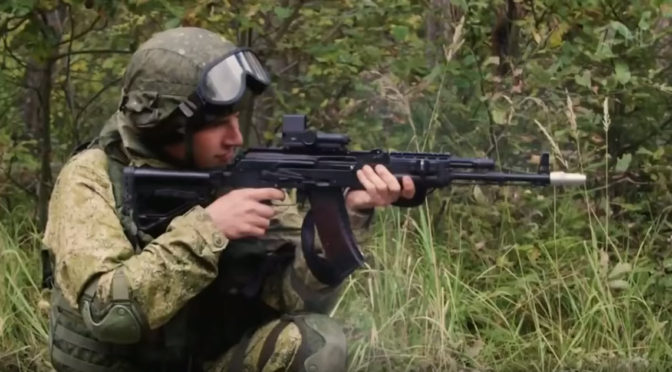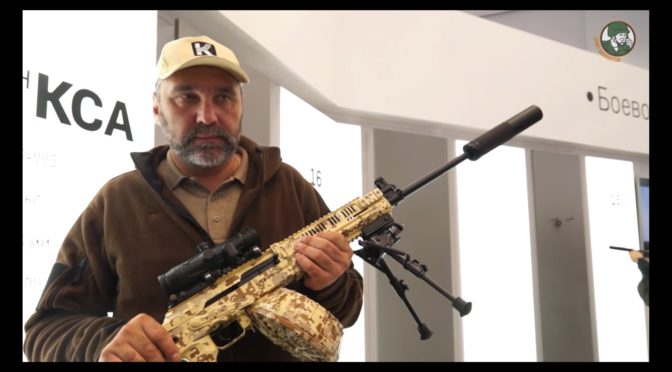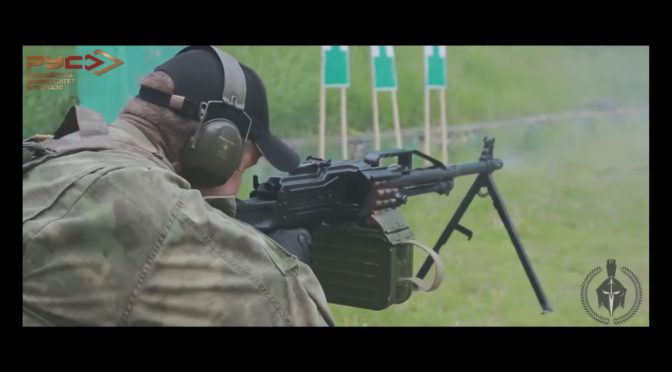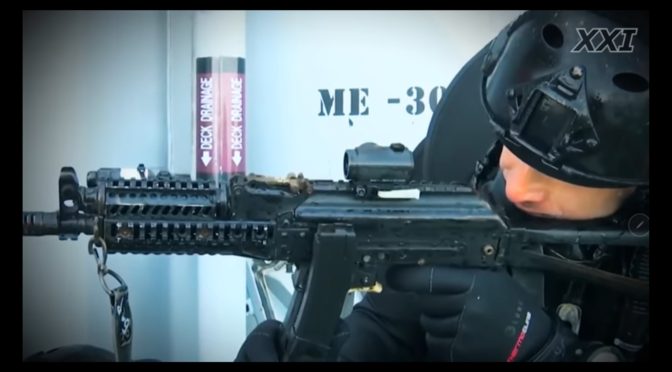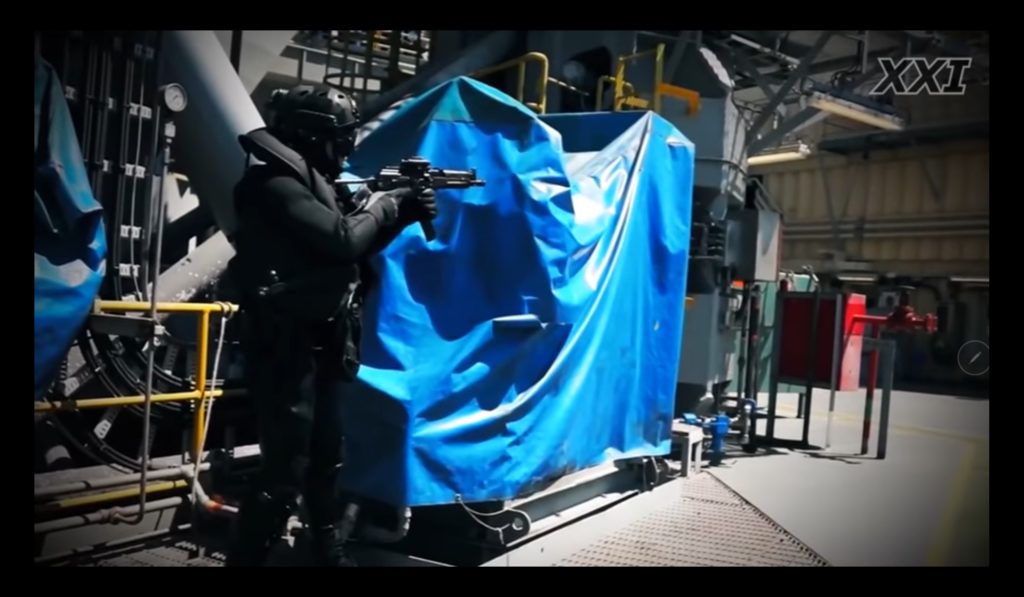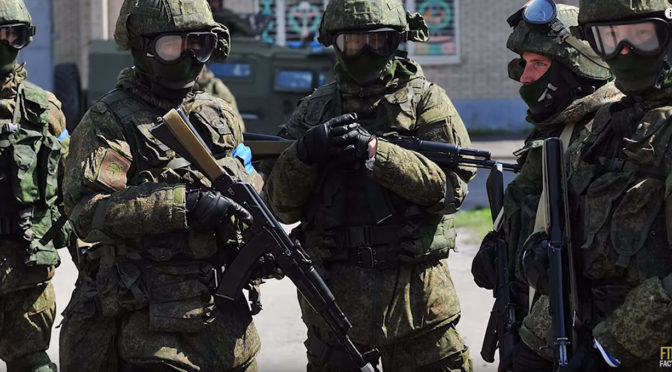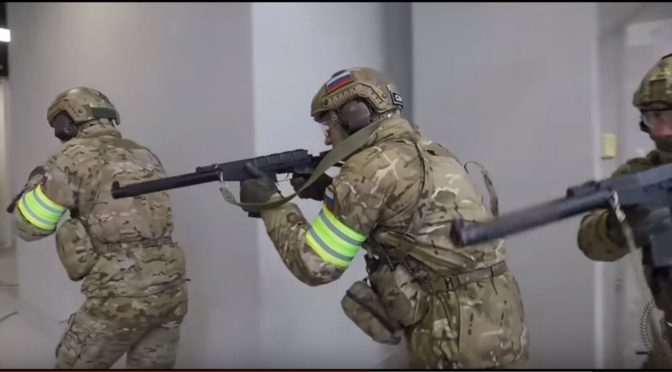In past blog posts, I have featured the modernization efforts of the base Kalashnikov rifle that resulted in the 5.45×39 AK-12. What many people do not know is that this was just part of a much broader Russian program to create a future infantry combat system. The name of this program is “Ratnik” (Ратник) that translates as warrior.
While R&D started ear;lier, prototype Ratnik kits for the first generation components were delivered in 2013. Firearms, optics, communication, navigation, uniform, load bearing and body armor elements were accepted into service on October 23, 2014. Approximate 200,000 sets were delivered by September 2017, and 100% adoption is estimated in 2020 of the Ratnik-2 system. Ratnik-3 hasn’t been released yet but the suit will include a powered exoskeleton to improve strength, speed and stamina.
Overall, what you are seeing is a concerted move away from the Soviet doctrine of volumes of relative untrained and marginally equipped armed forces personnel (all branches exclude Spetsnaz) to that of a professional modern force of trained and well equipped soldiers.


Soldier with an AK-12 rifle with a blank firing adapter. He is wearing a 6B45 ballistic vest, 6sh117 lightweight individual carrying equipment, and, 6B47 helmet. 6B50 Protective goggles, 6B51 knee and elbow pads were part of Ratnik also.



The Videos
The following video is in Russian but affords the viewer a really good opportunity to see the Ratnik-1 and -2 equipment first hand.
The following is a brief video showing Russian Paratroopers doing drills in Pskov.
If you find this post useful, please share the link on Facebook, with your friends, etc. Your support is much appreciated and if you have any feedback, please email me at in**@*********ps.com. Please note that for links to other websites, we are only paid if there is an affiliate program such as Avantlink, Impact, Amazon and eBay and only if you purchase something. If you’d like to directly contribute towards our continued reporting, please visit our funding page.
Please note that any images shown were extracted from the videos and remain the property of their respective owner(s).
